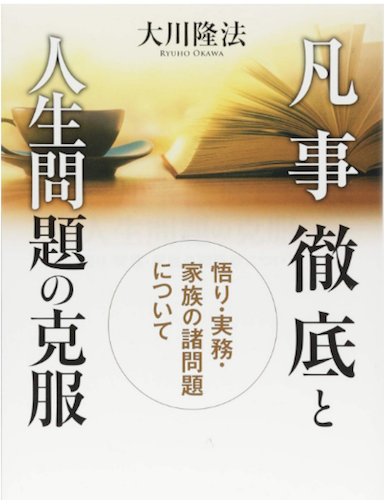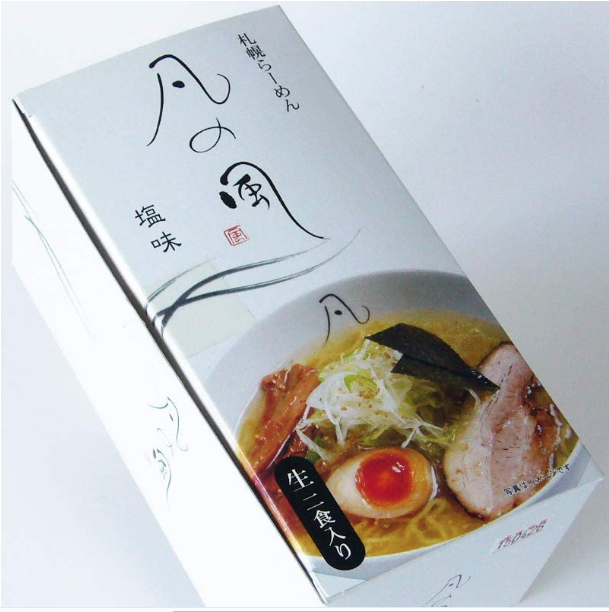16. The "Table" Radical: 几
For a two-stroke shape, the "table" radical 几 poses unexpected complications. Let's start with the simple aspects and work up to the stickier ones.
The 几 radical is on duty in only two Joyo kanji:
処 (896: to deal with; place)
凡 (1827: mediocre; general; approximately)
Actually, some sources don't categorize 処 under radical 16, instead treating 夂 (34: winter) as the on-duty radical. The Joyo shape 処 is a simplification of the non-Joyo 處, which features 虍 (141: "tiger") as the on-duty radical. With 虍 omitted from 処, we can choose whether to deem 夂 or 几 the on-duty radical. My proofreader defers to Kanjigen in such matters, so he has voted for 几, and I've followed his lead.
In English, the radical name "table" refers to the way the non-Joyo 几 means "table" and, according to Kanjigen, is the pictograph of a "table." (Henshall's newer edition doesn't say what this radical initially meant.) An alternate English name for the radical is "table enclosure," which still seems completely logical when it applies to 凡, where the 几 encloses the dot.
The 几 radical serves as a mere component in characters such as these:
机 (832: desk), where the on-duty radical is 木 (75: "tree")
冗 (1416: redundant), where the on-duty radical is 冖 (14: "katakana wa")
肌 (1704: skin), where the on-duty radical is 月 (130: "flesh")

On this book cover we find both the "table" radical in 凡 and a picture of a table! The first word is unexpected:
凡事徹底 (ぼんじてってい: do your best; give it your all)
A writer and entrepreneur named 鍵山秀三郎 (かぎやま ひでさぶろう) coined this term. The idea is that in business, it’s crucial to do ordinary things (凡事) thoroughly (徹底). Here's the full title:
「凡事徹底と人生問題の克服」
Doing Ordinary Things Thoroughly and Conquering Problems in Life
人生 (にんげん: life); 問題 (もんだい: problem); 克服 (こくふく: conquering)
What Do the Japanese Call the 几 Radical?
The Japanese have two names for the 几 radical:
1. つくえ, which comes from the Joyo kun-yomi of 机 (desk)
2. かぜかんむり
The second name brings us into sticky territory. Our radical has a variant form, the enclosure that wraps around 風. Though this looks quite similar to 几, the two shapes evolved from different sources. The 几 radical came from the shape of the 几 kanji, both of which have looked that way for eons. By contrast, the variant is a simplified form of 風, a shape that represents both radical 182 (the "wind" radical) and this autonomous character:
風 (198: wind)
This kanji has four Joyo readings, including the kun-yomi かぜ, which sheds light on the radical name かぜかんむり. The かんむり (冠: crown) is a position name for radicals that sit atop a character. So かぜかんむり means "radical that crowns a character with the shape from 風." (If this doesn't make sense, go to Radical Terms and read the "Radical Positions" section.)
Note these differences between 几 and its variant:
• We'll see the variant only at the top of a character. Whereas 几 covers 凡, that radical shape does not crown 処, 机, 冗, or 肌.
• The variant appears in characters related to the wind—and in fact means "wind" in such kanji. Examples include 凧 (kite) and 凩 (biting winter wind), both non-Joyo kokuji (characters that the Japanese created).
The second point made me think that 凧 and 凩 belonged in the radical 182 category. After all, 風 is the "wind" radical, and these characters have a connection to wind. But no! For kanji to feature radical 182, they must contain the whole 風 shape, as do 風 (198: wind) and these non-Joyo concoctions: 颪 (wind), 颱 (typhoon), and 颶 (storm).
A few points of interest:
• Thanks to this rule, 凮, which is a variant of the 風 kanji, features radical 16, not radical 182!
• In 鳳凰 (ほうおう: Chinese phoenix), the 鳳 (male phoenix) features the "bird" radical 鳥, whereas 凰 (female phoenix) has radical 16 on duty. Both kanji are non-Joyo.
• Because the variant has a connection to the wind, the 几 radical has the nickname "windy," according to Nelson. I think that nickname refers only to the variant.
Which Radicals Look Like Radical 16?
Though radical 182 has such a close relationship with radical 16 and its variant, 風 doesn't look anything like 几. Other radicals do bear a passing resemblance:
radical 13: the "upside-down box" radical 冂
radical 14: the "katakana wa" radical 冖
radical 20: the "wrapping" radical 勹
radical 40: the "katakana u" radical 宀
radical 50: the "cloth" radical 巾
radical 79: the "lance shaft" radical 殳

This ramen packaging presents a delicious blend of our two radicals! The product is called 凡の風 (ぼんのかぜ), where 凡 means "mediocrity." Who would associate that idea with a product?! Oh, 凡の風 turns out to be a restaurant name and could translate as "Ordinary Wind." (That doesn't sound great for sales either! Fortunately, Japanese people don't associate 風 with anything of the sort.)
The small writing on the upper right includes a look-alike radical in 札幌らーめん (さっぽろらーめん: Sapporo Ramen). That is, the non-Joyo kanji 幌 (hood) features the "cloth" radical 巾.
On the left side of the box we find 塩味 (しおあじ: salty taste) and these words:
生 (なま: uncooked)
二食 (にしょく: two meals)
-入り (-いり: containing)
